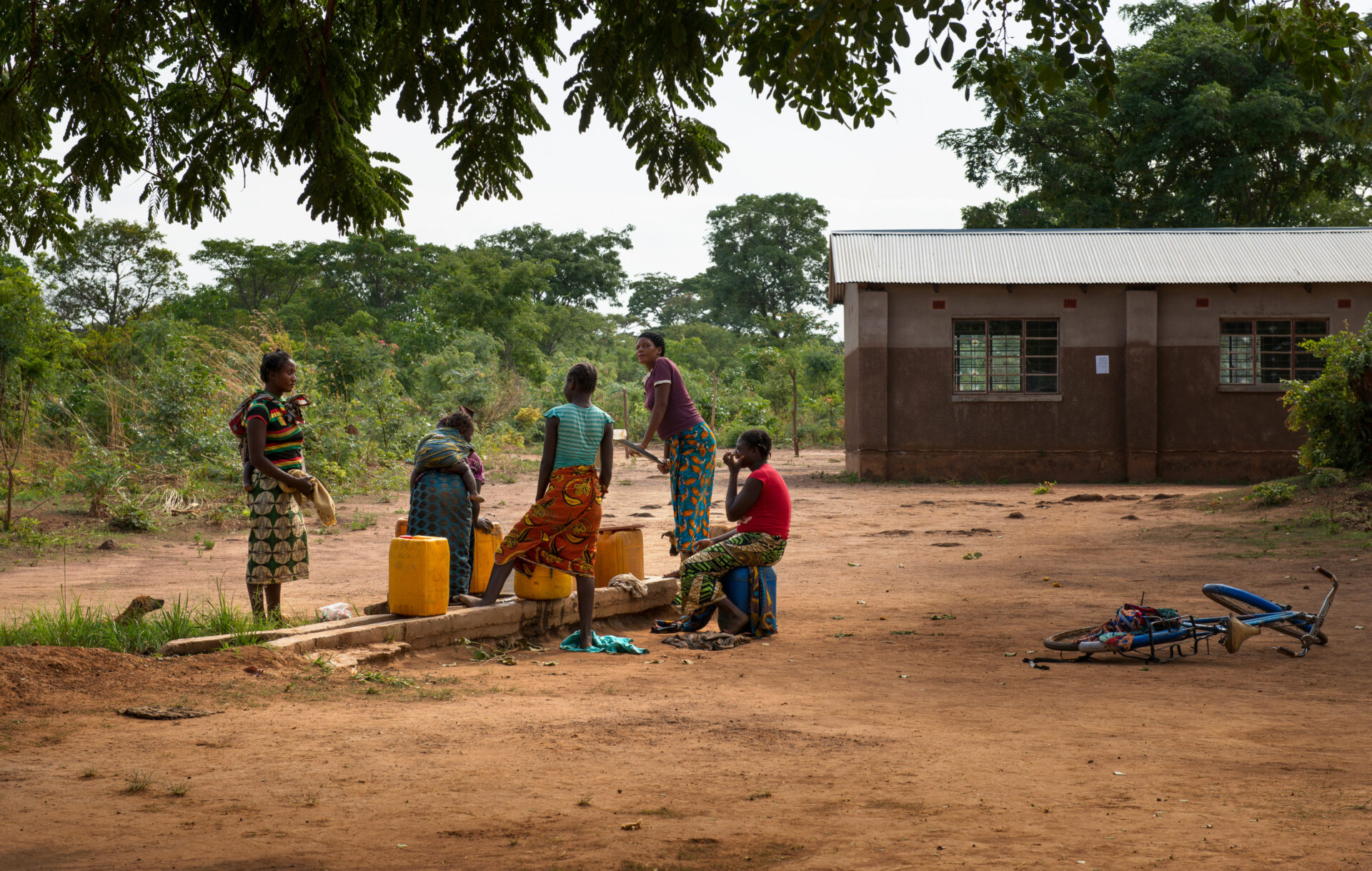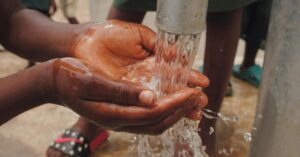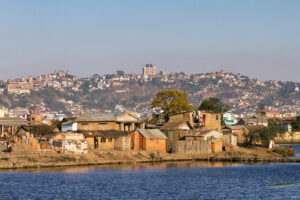- SIWI – Leading expert in water governance
- /
- Latest
- /
- Women hold the key to building climate resilience
Women hold the key to building climate resilience

Climate change does not affect everyone equally. SIWI’s International Policy Advisor Dani Gaillard-Picher explains why investing in women’s empowerment holds the key to a more climate resilient and sustainable future.
A few years ago, I was invited to speak to a group of African journalists about water and climate change. When I mentioned in passing that the impacts of climate change are most detrimental to women, I was challenged by the discussion facilitator who accused me of promoting my own feminist agenda. He asserted that surely climate change, as a scientific phenomenon, affects everyone in the same way: we are all going through the same storm.
I have reflected on this experience many times since then and, as a social scientist, have come to the conclusion that there is still a great need to shed light on the way climate change is experienced by people, and by women in particular. No, climate change certainly does not affect everyone equally: although we may be going through the same storm, some are riding on ocean liners while others are equipped only with life rafts. In the same way, climate change is felt more acutely by those who are already vulnerable or marginalized.
Why are women more disproportionately affected by climate change?
More women are killed by natural disasters
In some cases, women represent up to 90% of casualties of climate-related natural disasters, such as fires, floods, hurricanes and extreme weather events. Worldwide, two-thirds of women can’t swim, compared to 40% of men. Traditionally, women assume roles as care givers for children, the elderly and the infirm, making it difficult or impossible for them to flee dangerous situations. In addition, women generally have less access to information that could save their lives, in terms of access to technology, access to public spaces, and access to education.
Climate change exacerbates inequalities
Worldwide, women are more likely to suffer from poverty and food insecurity, especially in rural areas, and climate change exacerbates their situations. Poverty makes women more dependent on natural resources that are susceptible to climate change impacts.
In India, for example, 85% of rural women are engaged in agricultural activities, which makes them vulnerable to flooding and drought. These phenomena are becoming more severe and more frequent due to climate change, affecting disproportionately women’s lives and livelihoods.
Climate change drains time from women and makes them more vulnerable.
Women are typically responsible for maintaining households, gathering fuelwood and water, and foraging for food. Under climate change, these things can become scarcer. This means they have to walk farther to find them, encounter greater risk of violence while undertaking this activity, and consequently have less time available for productive activities and education.
For example, in the droughts in Mozambique from 2015-16, women had to spend twice as much of their valuable time fetching water as they did before the drought. Women also suffer greater rates of physical violence during and after climate-related disasters.
Empowering women improves the planet
A few hopeful trends, however, point to the conclusion that investing in women’s empowerment may hold the key to a more climate resilient and sustainable future.
Lower carbon emissions
Carbon dioxide emissions are lower in nations where women enjoy higher political status and participate actively in governance. In those places, stricter climate change policies are adopted, higher environmental standards are required, and more environmental legislation is supported and ratified. In addition, less deforestation occurs, and forests are better maintained when women are involved in their management.
More equitable share of resources
Water resources are shared more equitably when women are involved in their governance. It has been shown that involving women in the design and implementation of water projects can increase their effectiveness by up to seven times. Likewise, when committees that oversee wetland management are more gender balanced, they are more effective in conserving the ecosystems, and rules are better complied with.
Normalizing women’s leadership
Finally, once women are in positions of leadership, they actually help other women to thrive by passing more laws and policies that benefit women, hiring more women, increasing their pay and simply by normalising women in those roles.
In order to increase the resilience of societies, research suggests that representation of women in at least 30% of any group’s leadership is needed to influence its decision making process. This level of representation should be a minimum target going forward.
Gender equality benefits everyone
In conclusion, we have to be sure to understand that increasing women’s rights doesn’t decrease men’s rights, as if there is a finite quantity of rights that have to shift between genders. In fact, it is shown that everyone benefits from a more gender equal society. Building women’s resilience to climate change and disaster risk increases the resilience of the community as a whole, and entire communities recover faster from shocks when women are supported technically, socially and economically.
According to the UN it will take nearly 300 years to reach gender equality globally at current rates. That is not acceptable for an issue that touches more than half the world’s population. Equality should be the norm and not the exception.
Reference: Intertwined: Women, Nature, and Climate Justice by Rebecca Kormos ©2024
Most recent

SIWI’s endorsement of the COP29 Declaration on Water for Climate Action
- Water and climate
- World Water Week
- Water governance

SIWI-WASH experts join IVL
- Water, Sanitation and Hygiene (WASH)
- Water governance

Water for Climate in Baku
- Water and climate
- Water and the 2030 Agenda
- World Water Week

Transforming relations through WASH access

What is the role of water in rural and urban school facilities?

What does it take to build peaceful water cooperation? 3 questions to Julienne Ndjiki and Katie Goldie-Ryder


